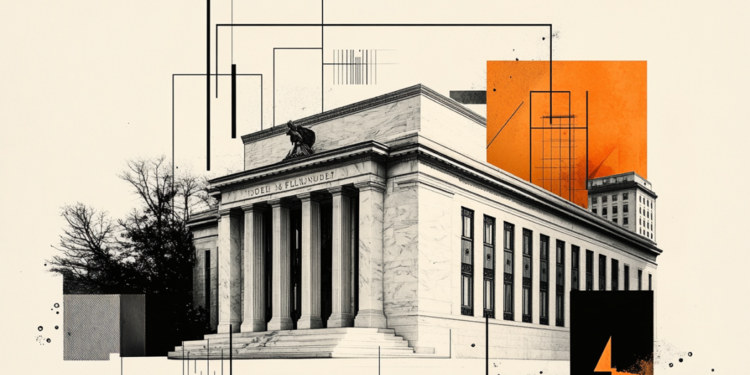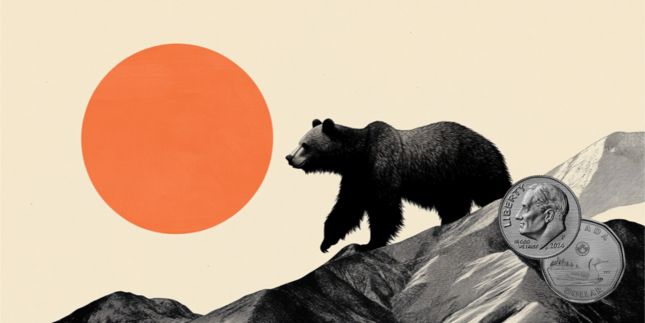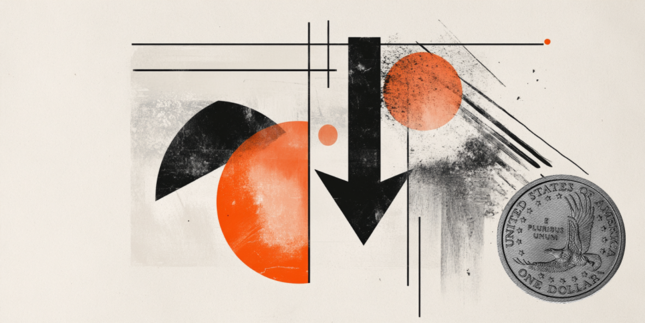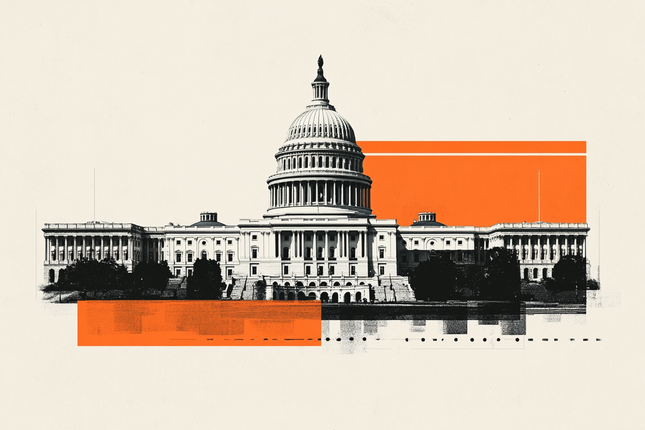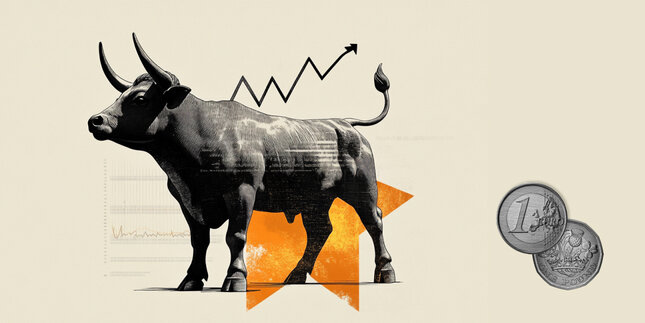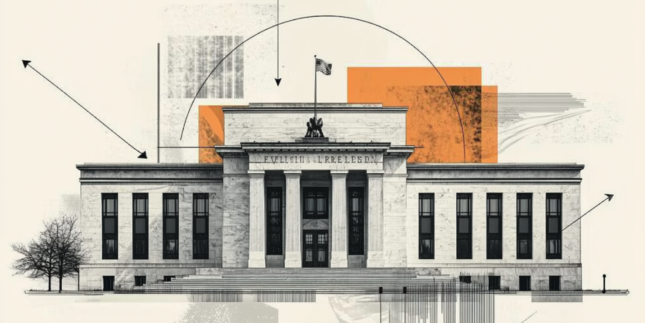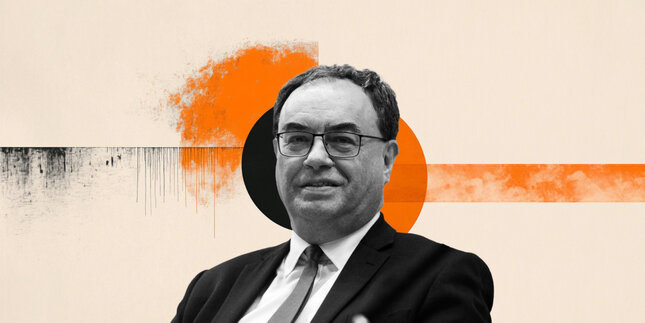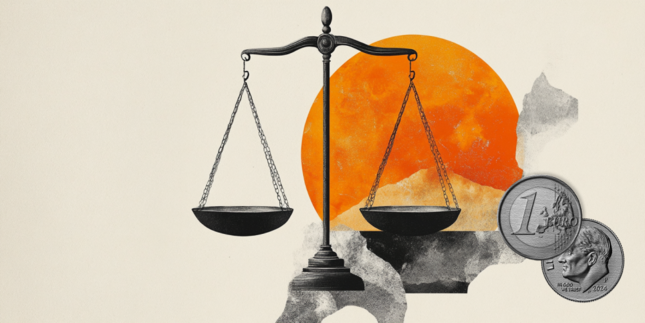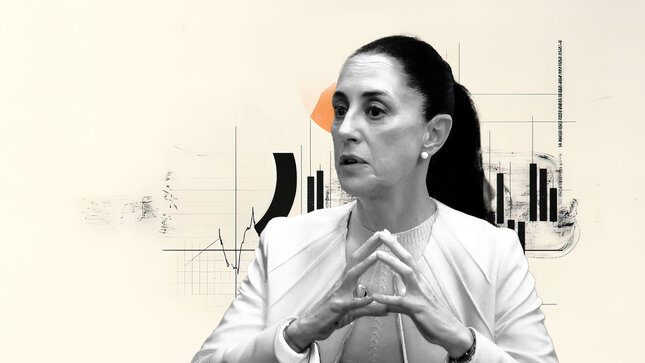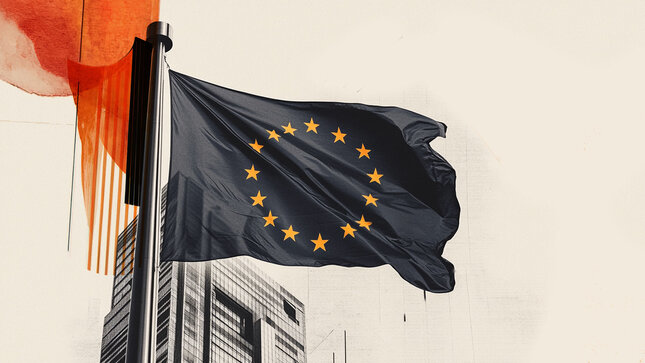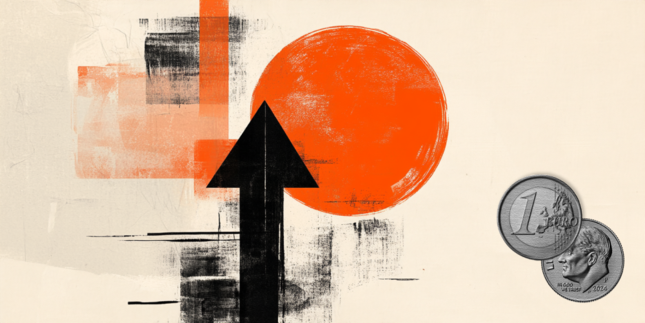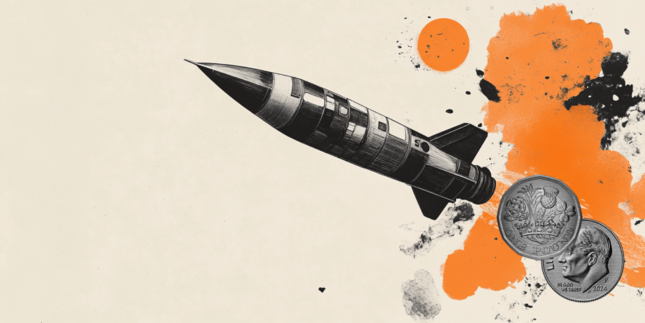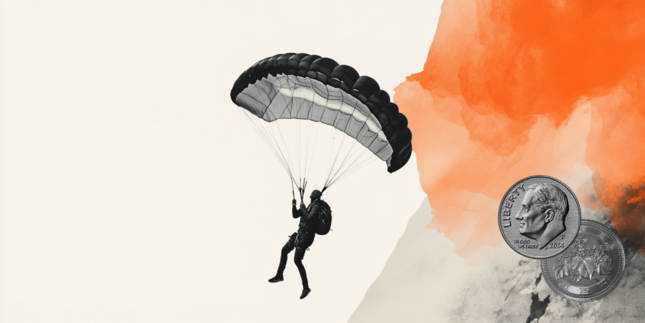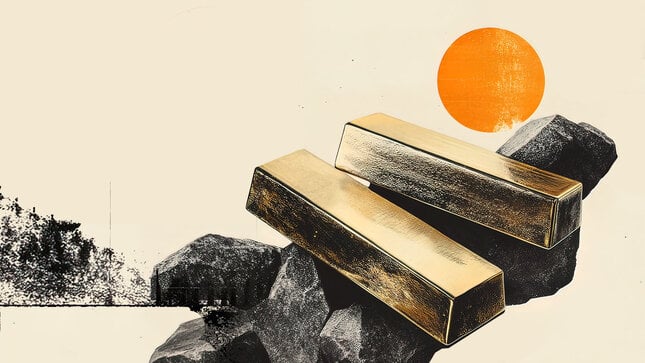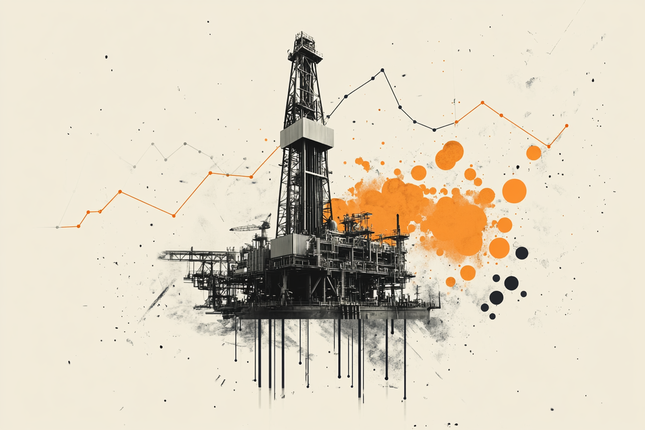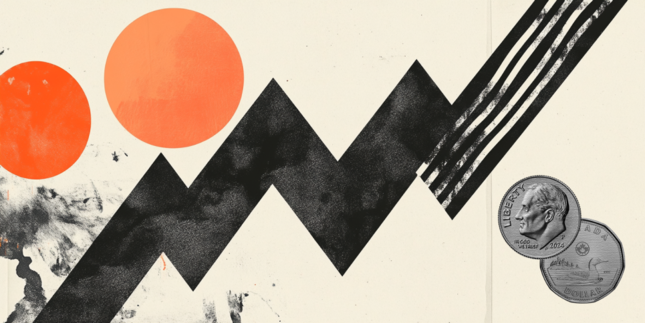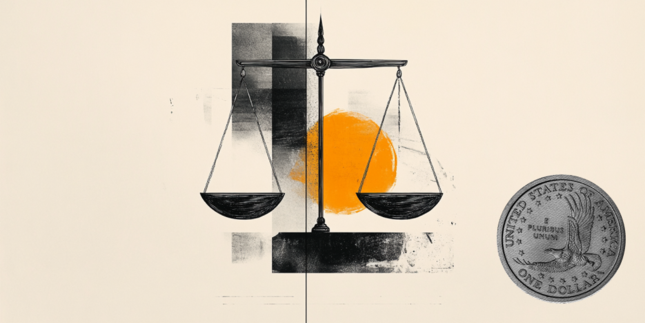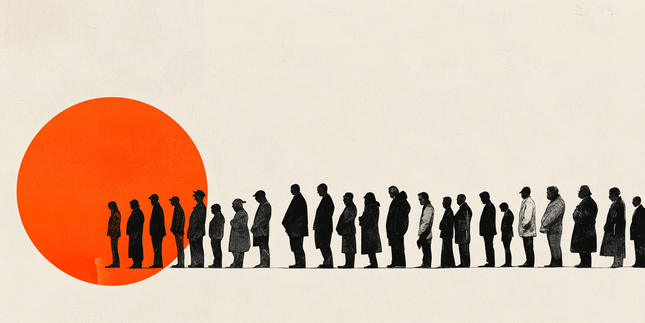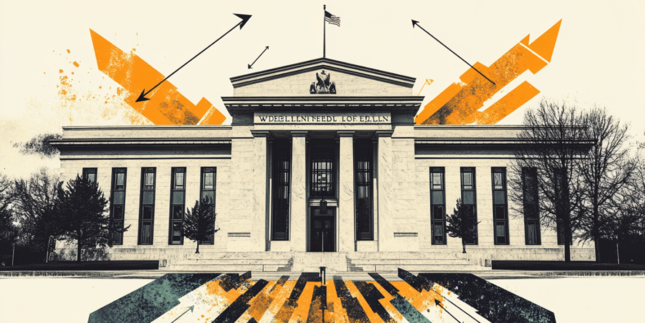Fed's Barkin: Watching consumers most closely
Richmond Federal Reserve Bank President Thomas Barkin said on Wednesday that they are watching the consumer activity most closely because that's the biggest part of the economy, per Reuters.
Key takeaways
"Worry if close to a moment where consumers decide to pull back; so far has not happened."
"Biggest thing affect consumer spending is whether they have a job, second is confidence, third is wealth effect."
"Equity market correction isn't what leads to consumer pullback."
"People are pulling back on air travel, but not on every day spending."
"If we see higher inflation and higher unemployment, Fed would handle response with judgment."
"Everyone says they'll pass on cost of higher tariffs, but consumer is also exhausted by higher price."
"When talking about tariffs, need to talk about inflation, but also about employment."
"World doesn't love that Dollar is reserve currency, but there aren't a lot of alternatives."
Market reaction
These comments don't seem to be having a noticeable impact on the US Dollar's valuation against its rivals. At the time of press, the USD Index was down 0.18% on the day at 100.44.
Fed FAQs
Monetary policy in the US is shaped by the Federal Reserve (Fed). The Fed has two mandates: to achieve price stability and foster full employment. Its primary tool to achieve these goals is by adjusting interest rates. When prices are rising too quickly and inflation is above the Fed’s 2% target, it raises interest rates, increasing borrowing costs throughout the economy. This results in a stronger US Dollar (USD) as it makes the US a more attractive place for international investors to park their money. When inflation falls below 2% or the Unemployment Rate is too high, the Fed may lower interest rates to encourage borrowing, which weighs on the Greenback.
The Federal Reserve (Fed) holds eight policy meetings a year, where the Federal Open Market Committee (FOMC) assesses economic conditions and makes monetary policy decisions. The FOMC is attended by twelve Fed officials – the seven members of the Board of Governors, the president of the Federal Reserve Bank of New York, and four of the remaining eleven regional Reserve Bank presidents, who serve one-year terms on a rotating basis.
In extreme situations, the Federal Reserve may resort to a policy named Quantitative Easing (QE). QE is the process by which the Fed substantially increases the flow of credit in a stuck financial system. It is a non-standard policy measure used during crises or when inflation is extremely low. It was the Fed’s weapon of choice during the Great Financial Crisis in 2008. It involves the Fed printing more Dollars and using them to buy high grade bonds from financial institutions. QE usually weakens the US Dollar.
Quantitative tightening (QT) is the reverse process of QE, whereby the Federal Reserve stops buying bonds from financial institutions and does not reinvest the principal from the bonds it holds maturing, to purchase new bonds. It is usually positive for the value of the US Dollar.
Forex News
Keep up with the financial markets, know what's happening and what is affecting the markets with our latest market updates. Analyze market movers, trends and build your trading strategies accordingly.
